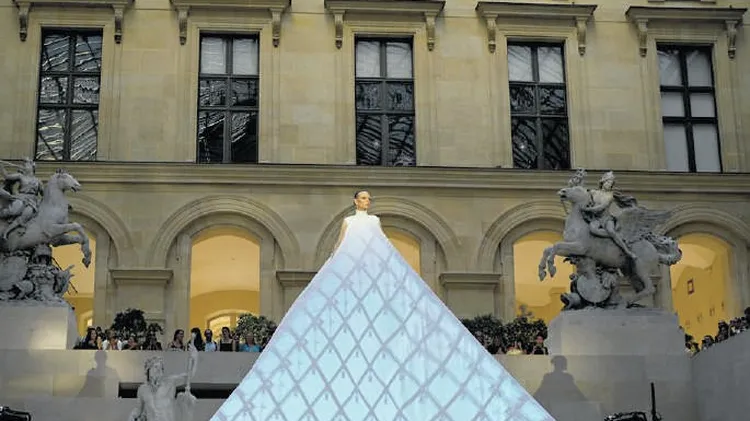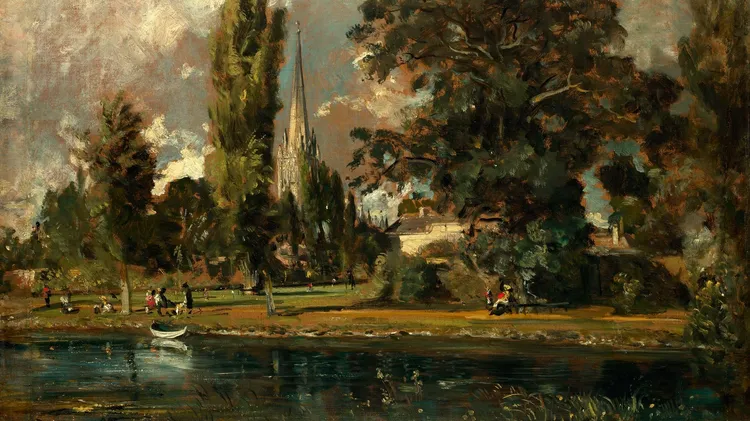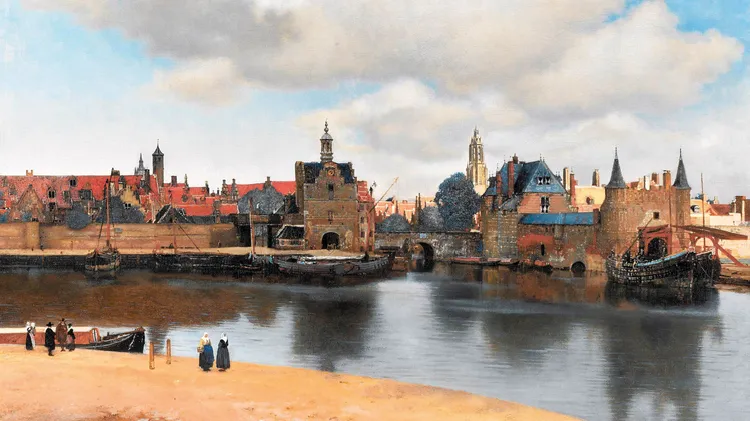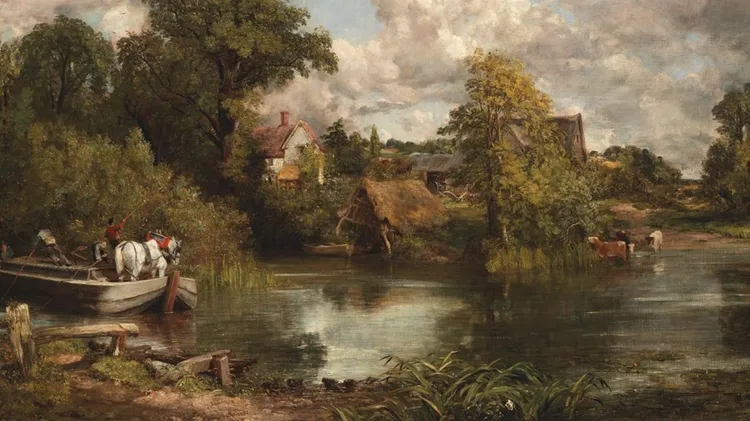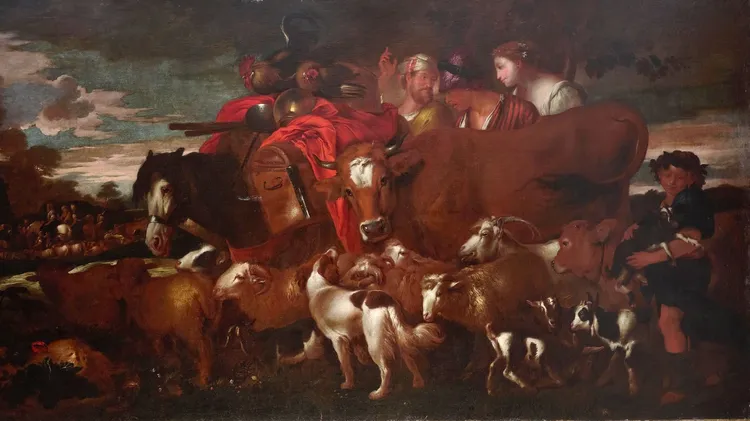Venice has always been a city that richly inspires the artistic
Drawing in 18th century venice
4 min read
This article is from...
Read this article and 8000+ more magazines and newspapers on Readly

